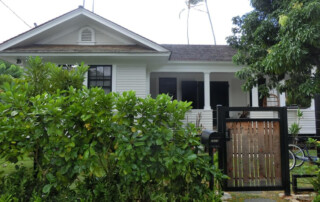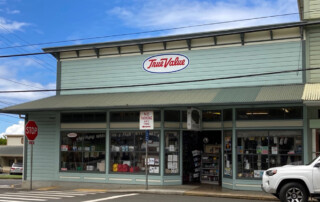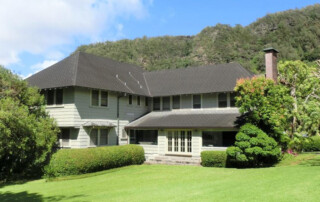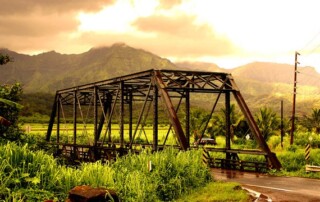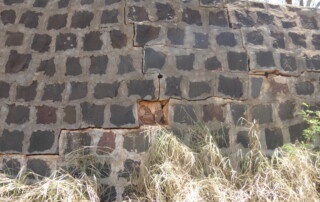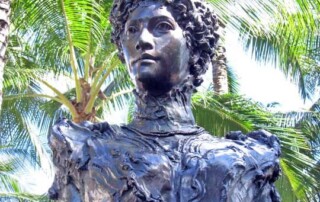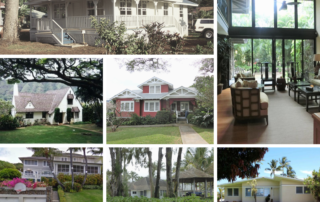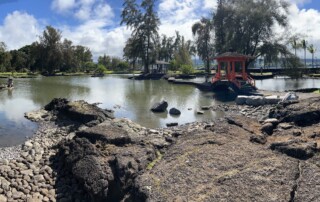2823 Coconut Avenue/ Donald & Lillian Holzinger Residence, O‘ahu
Address 2823 Coconut Ave, Honolulu, HI 96815 TMK (1) - 3-1-033: 049 SHPD Historic Site Number Not Yet Available Abstract The Donald & Lillian Holzinger Residence was built in 1926. The builder was Pacific Trust Company. The home is significant under Criterion C as a bungalow built during the early 1920s. The craftsman/bungalow style is an American architectural style and philosophy that began in the last years of the 19th century. Originality, simplicity of form, local natural materials, and the presence of hand craftsmanship were encouraged. The house boasts a lateral running gable roof, lava rock shoulders on the front steps, overhanging eaves and 6 x 1 double hung sash windows and 15-pane entry doors. The house is also significant on the local level under criterion A for its associations with the development of the Diamond Head Terrace tract.


